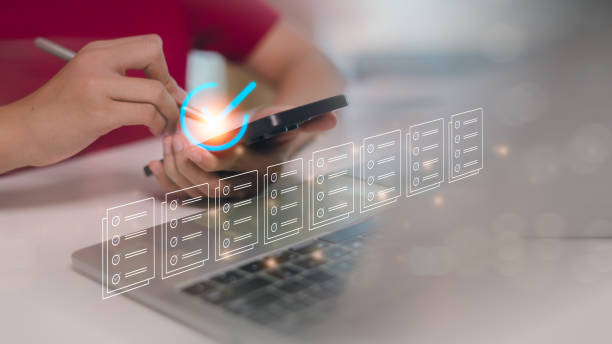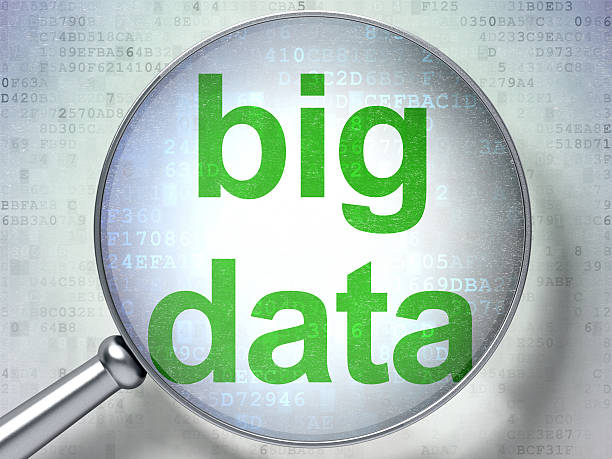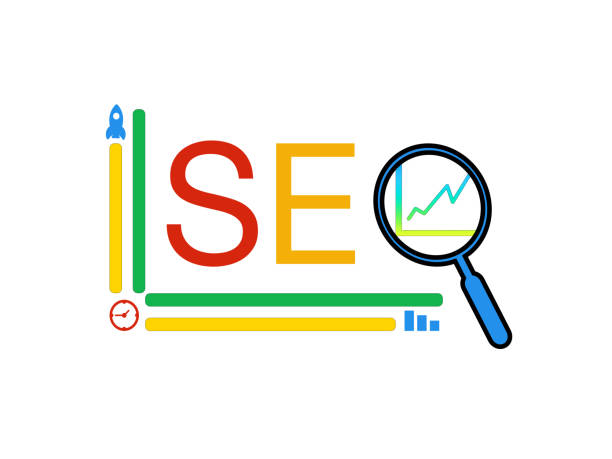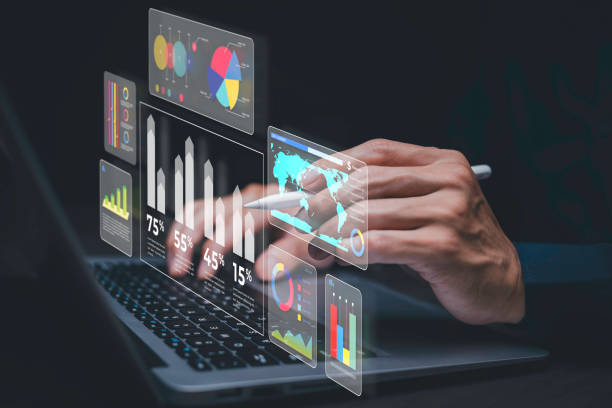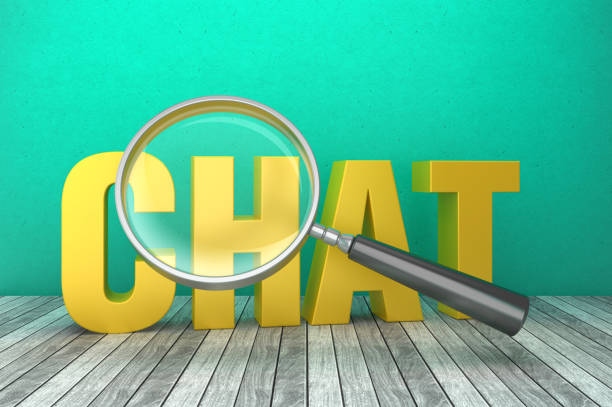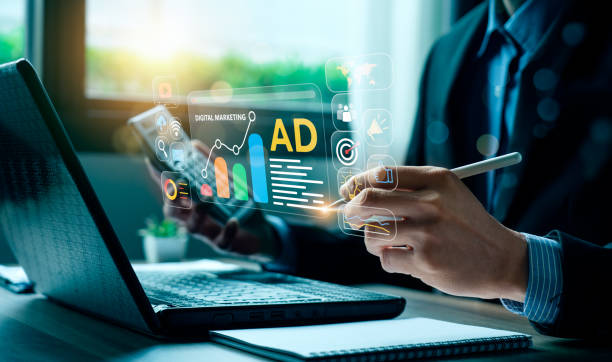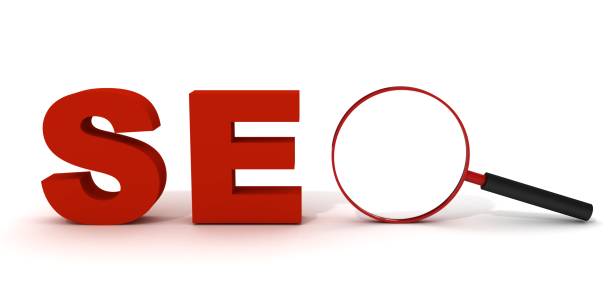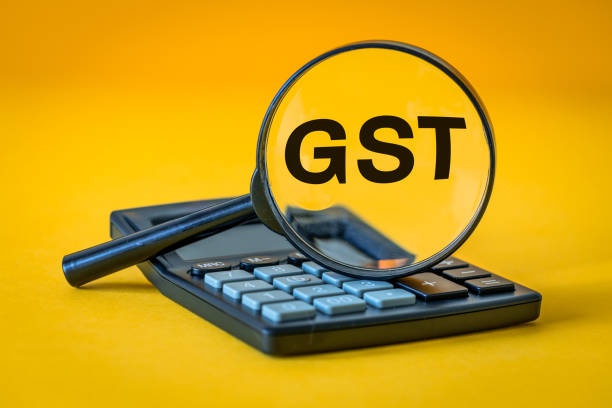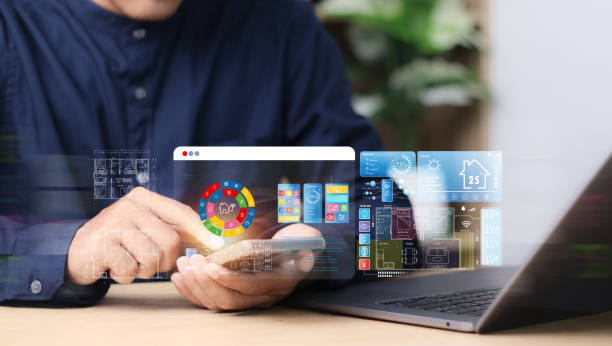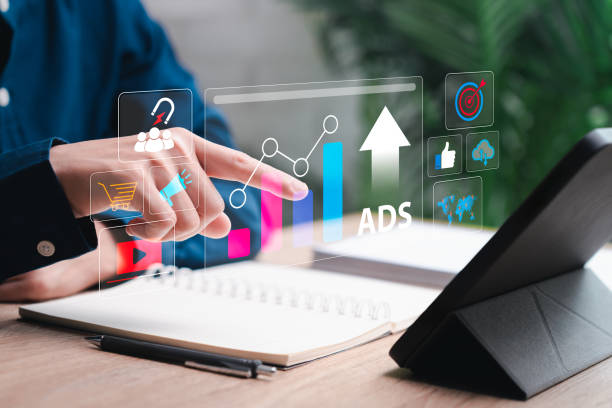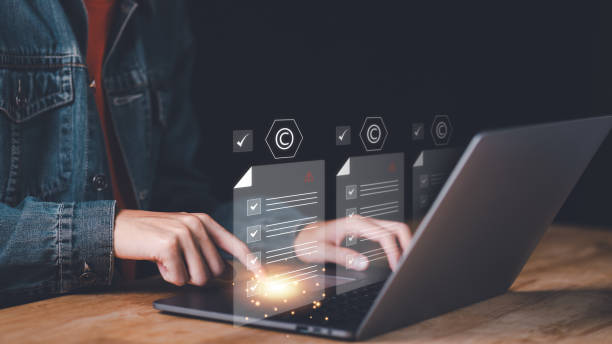What is On-Page SEO and Why is it Crucial for Your Website?
On-Page SEO, refers to a set of actions you take within your website to improve your site’s ranking in Google search results and other search engines.
These actions include content optimization, HTML tags, URL structure, site speed, and more.
Unlike Off-Page SEO, which is related to activities such as link building and social media, On-Page SEO is completely under your control, and by doing it correctly, you can have a significant impact on the visibility of your website. The importance of On-Page SEO lies in helping search engines better understand the content of your site and recognize its relevance to user searches.
When search engines understand that your site answers user questions and provides useful information, they increase your site’s ranking and drive more organic traffic to your website. Good On-Page SEO means a better user experience.
When your site loads quickly, has an organized structure, and its content is easily understandable, users spend more time on your site and are more likely to return.
These factors show search engines that your site is credible and valuable, improving its ranking.
As a result, #OnPageSEO has a direct impact on improving site ranking and attracting target audiences.
Are you worried about losing customers because you don’t have a professional online store?
Forget those worries with online store design by Rasaweb!
✅ Significant increase in sales and visitor-to-customer conversion rate
✅ Professional and user-friendly design that builds customer trust
⚡ Get free advice from Rasaweb
Keyword Research: The Cornerstone of On-Page SEO
Keyword research is the first and most important step in On-Page SEO.
Through keyword research, you discover exactly what phrases users enter into search engines to find the information they are looking for.
Using this information, you can produce content for your site in a way that answers these questions and achieves a good ranking in search results.
For keyword research, you can use various tools such as Google Keyword Planner, Ahrefs, SEMrush, and Kwfinder.
These tools help you find keywords related to your field of work, check their search volume, and choose less competitive keywords.
When choosing keywords, keep two points in mind.
First, the keywords must be relevant to the content of your site, and second, you must choose keywords that users actually use.
Choosing the right keywords helps you optimize site content and attract more targeted traffic to your website.
Remember that On-Page SEO requires professional keyword research.
Click here to preview your posts with PRO themes ››
Optimizing Titles and Meta Descriptions for On-Page SEO
Title Tags and Meta Descriptions are two important elements in HTML that are displayed to users in search results.
Titles specify the title of your page, and meta descriptions provide a summary of the page’s content.
Optimizing these two elements is very important for On-Page SEO because it helps search engines better understand the content of your page and helps users decide whether they want to click on your link or not.
To optimize titles, you should use the main keywords of the page in the title, write the title attractively and catchily, and keep the title length less than 60 characters.
To optimize meta descriptions, you should provide an accurate and attractive summary of the page’s content, use relevant keywords, and keep the meta description length between 150 and 160 characters.
Optimized titles and meta descriptions increase your click-through rate (CTR) in search results and drive more traffic to your website.
You can produce good content and meta tags by using good #OnPageSEO. The following table examines a few examples of title and meta description structure:
| Purpose | Sample Title | Sample Meta Description |
|---|---|---|
| Product Sale | Buy Samsung Galaxy S23 Mobile Phone at the Best Price | Samsung Galaxy S23 Mobile Phone with 256 GB memory and 8 GB RAM. Buy online with free shipping and valid warranty. |
| SEO Training | On-Page SEO Training from Beginner to Advanced [Comprehensive Guide 2024] | In this comprehensive article, you will learn all the principles of On-Page SEO step by step. Improve your ranking on Google by optimizing your site. |
| Introducing Services | Professional Website Design Services at Affordable Prices | [Company Name] offering website design services with the latest methods and technologies. Online store, corporate, and personal website design. |
Content Optimization and Keyword Usage
Content is the heart of On-Page SEO.
High-quality and valuable content attracts users, keeps them on your site, and shows search engines that your site is credible and trustworthy.
To optimize content, you need to produce content that answers user questions, provides useful information, and is easily understandable.
You should also use relevant keywords in your content, but don’t overdo it.
Excessive use of keywords (Keyword Stuffing) can harm your site’s ranking.
Keywords should fit naturally into your content and help improve text readability.
#OnPageSEO is successful when high-quality content is produced alongside attention to keywords.
Also, use images and videos to make the content more attractive and make sure that the images and videos are properly optimized (optimizing size and file name).
Optimized content drives more organic traffic to your website and increases your Conversion Rate.
Are you lagging behind in competition with large online stores?
Rasaweb brings your business online with professional online store design and increases your market share!
✅ Increased brand credibility and customer trust
✅ Easy shopping experience leading to more sales
⚡ Take action now to receive free website design consulting!
Optimizing URLs and Site Structure
URLs (Uniform Resource Locators), or web page addresses, play an important role in On-Page SEO.
URLs should be short, descriptive, and include relevant keywords.
Long and complex URLs are difficult for users and search engines and can harm your site’s ranking.
The site structure should also be logical and organized.
Site pages should be easily accessible, and users should be able to quickly access the information they are looking for.
Use clear navigation menus and internal links to create a strong site structure.
A good site structure helps search engines find all the pages on your site and index them properly.
Strong #OnPageSEO can bring an ideal structure to the site.
Optimizing Images and Videos
Images and videos can make your site’s content more attractive and catchy, but if they are not properly optimized, they can harm your site’s speed.
High-volume images and videos reduce site loading speed and disrupt the user experience.
To optimize images, you should reduce their size, use appropriate formats (such as JPEG for images and MP4 for videos), and choose file names correctly.
You should also use Alt tags for images.
Alt tags provide a short description of the image and help search engines understand the content of the image.
To optimize videos, you can use video hosting services such as YouTube and Vimeo.
These services help you optimize your videos and easily place them on your site.
For optimal #OnPageSEO, optimization of images and videos should also be considered.
Site Speed and User Experience
Site speed is one of the important factors in Google ranking.
Users who enter your site expect the site pages to load quickly.
If your site is slow, users will quickly leave it and go to other sites.
Site speed depends on various factors, including image size, hosting quality, CDN usage, and code optimization.
To increase site speed, you can use various tools such as Google PageSpeed Insights and GTmetrix.
These tools help you identify and fix your site speed problems.
In addition to site speed, user experience is also very important.
Users who enter your site should be able to easily access the information they are looking for and enjoy working with your site.
To improve user experience, you should make your site design simple and user-friendly, use clear navigation menus, and present your content in a way that is easily understandable.
The following table shows the impact of site speed on user experience and SEO:
| Page Load Speed | Impact on User Experience | Impact on SEO |
|---|---|---|
| Less than 1 second | Excellent – User has a very good experience | Very Positive – Site ranking improves |
| 1-3 seconds | Good – User may wait a little | Positive – Still acceptable |
| 3-5 seconds | Average – User may get bored | Negative – Site ranking may decrease |
| More than 5 seconds | Weak – User is likely to leave the site | Very Negative – Site ranking decreases sharply |
Internal Linking and Site Navigation
Internal linking means linking from one page of the site to other pages of the same site.
Internal linking helps search engines better understand your site structure and identify more important pages.
Also, internal linking helps users easily navigate your site and access the information they are looking for.
For internal linking, you should use relevant keywords as link text and give links to pages that are related to the content of the current page.
Site navigation should also be easy and logical.
Users should be able to easily access all pages of the site and not get lost.
Use clear navigation menus, a search bar, and footer links to create a strong site navigation.
Correct internal linking has a great impact on #OnPageSEO.
Does your current website convert visitors into customers or does it drive them away? Solve this problem forever with professional corporate website design by Rasaweb!
✅ Create credibility and powerful branding
✅ Attract target customers and increase sales
⚡ Get free advice now!
Mobile-Friendliness
Considering that most users access the Internet through mobile devices, the mobile-friendliness of your site is very important.
A mobile-friendly site is displayed correctly on mobile devices, its pages load quickly, and users can easily work with it.
To make your site mobile-friendly, you should use a responsive template, adjust the font sizes correctly, and use optimized images and videos.
Also, you should make sure that the buttons and links are large enough for users to easily touch them.
#OnPageSEO of sites that are not mobile-friendly faces problems.
Using Schema Markup
Schema Markup is a code that helps search engines better understand the content of your page.
By using Schema Markup, you can provide search engines with information such as business name, address, phone number, business hours, user reviews, and more.
This information is displayed to users in search results and can increase your click-through rate (CTR).
Schema Markup helps search engines better understand your site and improve its ranking in search results.
You design and plan a suitable Schema Markup for your site by using good #OnPageSEO.
Frequently Asked Questions
| Number | Question | Answer |
|---|---|---|
| 1 | What is On-Page SEO? | On-Page SEO refers to a set of actions that are performed within a website to optimize its pages in order to achieve a better ranking in search results. |
| 2 | What is the most important factor in On-Page SEO? | High-quality, relevant, and comprehensive content that meets the user’s needs is the most important factor in On-Page SEO. |
| 3 | What role does the Title Tag play in On-Page SEO? | The title tag is one of the most important factors that tells search engines and users what the page’s content is about. It should include the main keyword and be attractive. |
| 4 | How important is the Meta Description Tag? | Although it does not directly affect ranking, it is very effective on the click-through rate (CTR) in search results and encourages users to visit the page. |
| 5 | How is image optimization done in On-Page SEO? | By using a suitable alt tag, compressing the image size to increase loading speed, and giving the image file a meaningful name. |
| 6 | What is the importance of using headings (H1, H2, H3) in On-Page SEO? | Headings help structure content, increase readability, and help search engines understand the hierarchy and subtopics of the content. |
| 7 | What does Internal Linking mean and what are its benefits? | Internal linking means creating links between different pages of a website. This helps distribute credit, improve user navigation, and help search engine crawling. |
| 8 | Where should the main keyword (Focus Keyword) be placed on the page? | The main keyword should be placed in the title tag, meta description, H1, first paragraph, and naturally throughout the text and, if possible, in the URL address. |
| 9 | What effect does copied or duplicate content have on On-Page SEO? | Duplicate content can harm the site’s ranking and confuse search engines as to which version is original and may detect it as spam. |
| 10 | How important is page load speed in On-Page SEO? | Page load speed is an important ranking factor and directly affects user experience. Slow pages increase user bounce rates. |
and other services of Rasa Web Advertising Agency in the field of advertising
Smart Digital Advertising: Transform campaign management with key page optimization.
Smart SEO: Professional optimization for online growth using key page optimization.
Smart Social Media: A professional solution to increase click-through rates with a focus on dedicated programming.
Smart Content Strategy: A creative platform for improving customer behavior analysis with marketing automation.
Smart Social Media: A novel service to enhance customer behavior analysis through intelligent data analysis.
And over a hundred other services in the field of internet advertising, advertising consulting and organizational solutions
Internet Advertising | Advertising Strategy | Reportage Advertising
Sources
On-Page SEO Optimization: A Comprehensive Guide from Search Engine Journal
,Learn On-Page SEO Optimization from Moz
,On-Page SEO: A Practical Guide from Ahrefs
,The Ultimate On-Page SEO Guide in [Current Year] from Semrush
? To take your business to the top in the digital world, Rasaweb Afrin smoothes your path to growth with its comprehensive and specialized services, including custom website design, SEO, and content marketing. Experience a powerful and targeted presence in the online space with us.
📍 Tehran, Mirdamad Street, next to the Central Bank, South Kazerun Alley, Ramin Alley No. 6

